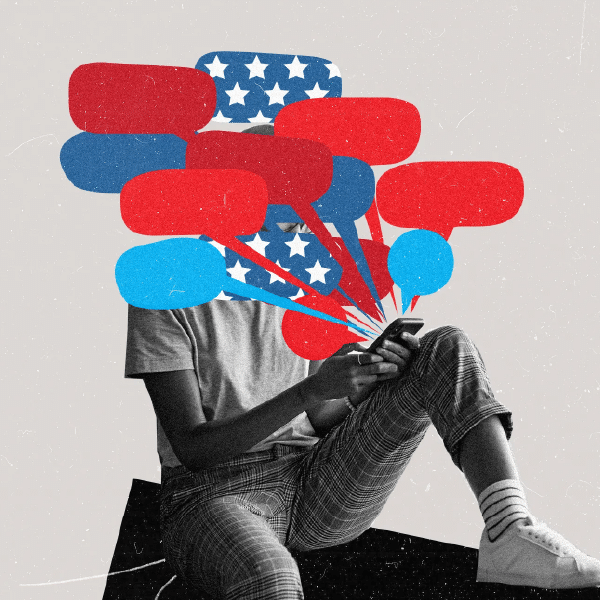At Matters of State Strategies, we know just how critical social media can be in the success or failure of a political campaign. Recently I took the time to watch the webinar “Social Media for Politics” by Juniperus to dive even deeper into the impact of social media on campaign advertising and learn how I can help improve the social media strategies for both our company and our clients currently running for office.
For those of you who don’t know, social media allows you to reach your audience in two ways: organically (free, non-paid content shared on your own social media platforms) and through paid strategies (sponsored content that targets customers on third-party platforms). The great thing about paid content is its cost-effectiveness compared to traditional media such as mailers. For example, by having paid strategies through social media you can reach over 1,000 people for around $10—compared to mailers where you will reach a fraction of those people for that cost. Additionally, social media allows you to have constant communication with your audience and adapt instantly to keep up with current trends or events.
Now that you have the basics, let’s get into my takeaways. Overall, I learned a lot from this webinar but two things stuck with me most of all: the difference in platforms and accessibility for all.
Platform Nuances
Here are the strengths of the major players.
Facebook is a video-centric platform that allows users to go live for audiences of all ages. It is also the best platform for sharing events due to its event post options.
Twitter (now known as X)
X is a great way to reach a wide audience even if not everyone follows you or you don’t follow them. This platform’s capabilities such as handles and hashtags also make it the easiest to start and maintain conversations. And maybe the best part is that X remains the only platform that still shows their feed in chronological order.
This is also a great platform for hashtags (find those relevant to your campaign), as well as live content and what you can call “a day in the life” content. Instagram stories and Reels are incredibly useful for increasing engagement as well.
Accessibility
This is a critical—yet often overlooked—area. In America there are approximately 10 million people who are deaf or hard of hearing. (National Library of Medicine) A survey of United States consumers found that 92% view videos with the sound off on their mobile device. 80% of consumers are more likely to watch an entire video when captions are available. (Verizon Media and ad buyer Publicis Media) We must use this information when approaching how we post social media content. Captions on photos and subtitles for videos that use detail about who, what, when, and why provide accessibility for people who are hard of hearing and give them the tools they need to translate the information and feel included.
The Takeaway
Watching this video has made me realize that social media stands as a cornerstone of modern political campaigns—it is crucial for reaching and engaging diverse audiences. Having a deeper knowledge of what social media can provide within the realm of campaigning has motivated me to optimize our platforms and those of our clients.
Overall, when it comes to maximizing your social media presence for political advertising, having a firm understanding of each platform’s nuances is key. Facebook’s video focus and event-sharing capabilities, X’s hashtag functionality, and Instagram’s immersive features all offer unique engagement possibilities. By prioritizing accessibility with captions and subtitles, you ensure inclusivity for the millions who are deaf or hard of hearing, enhancing engagement and message resonance. Ultimately, social media democratizes political discourse, making it not just a tool for campaigns but a means to foster inclusive democracy.
